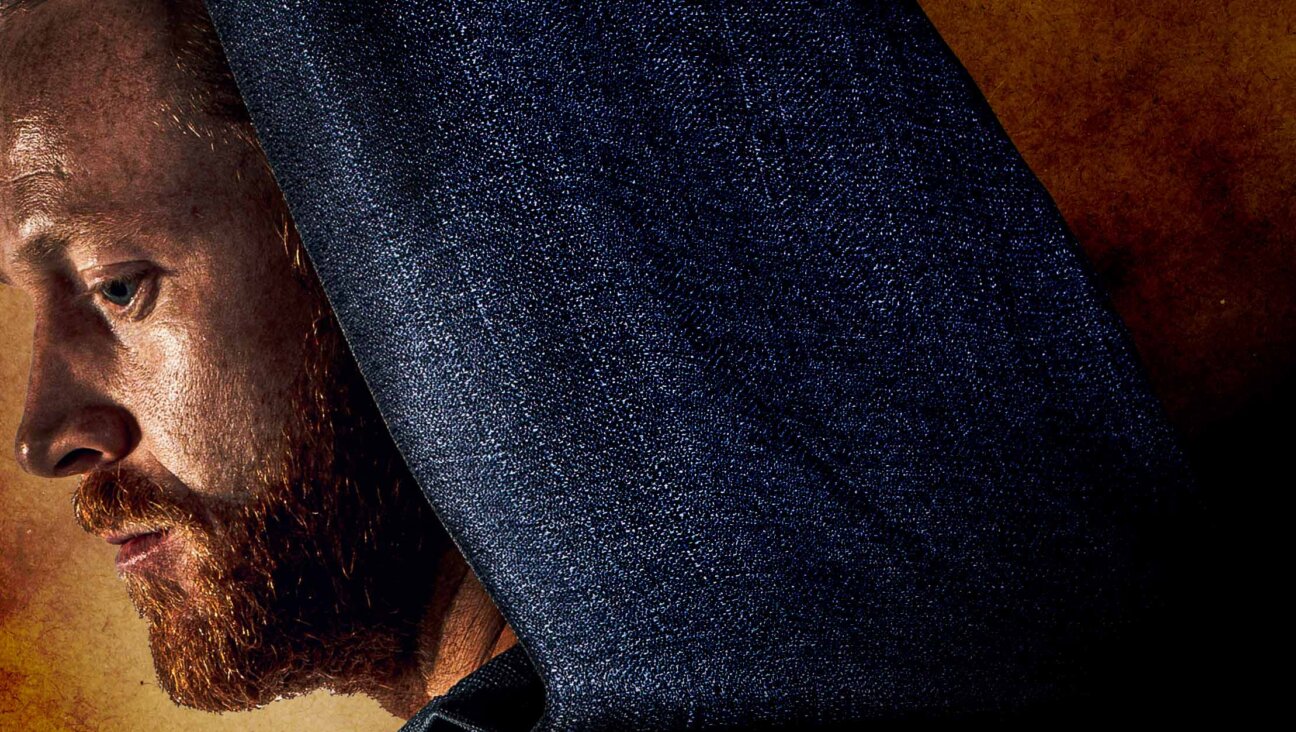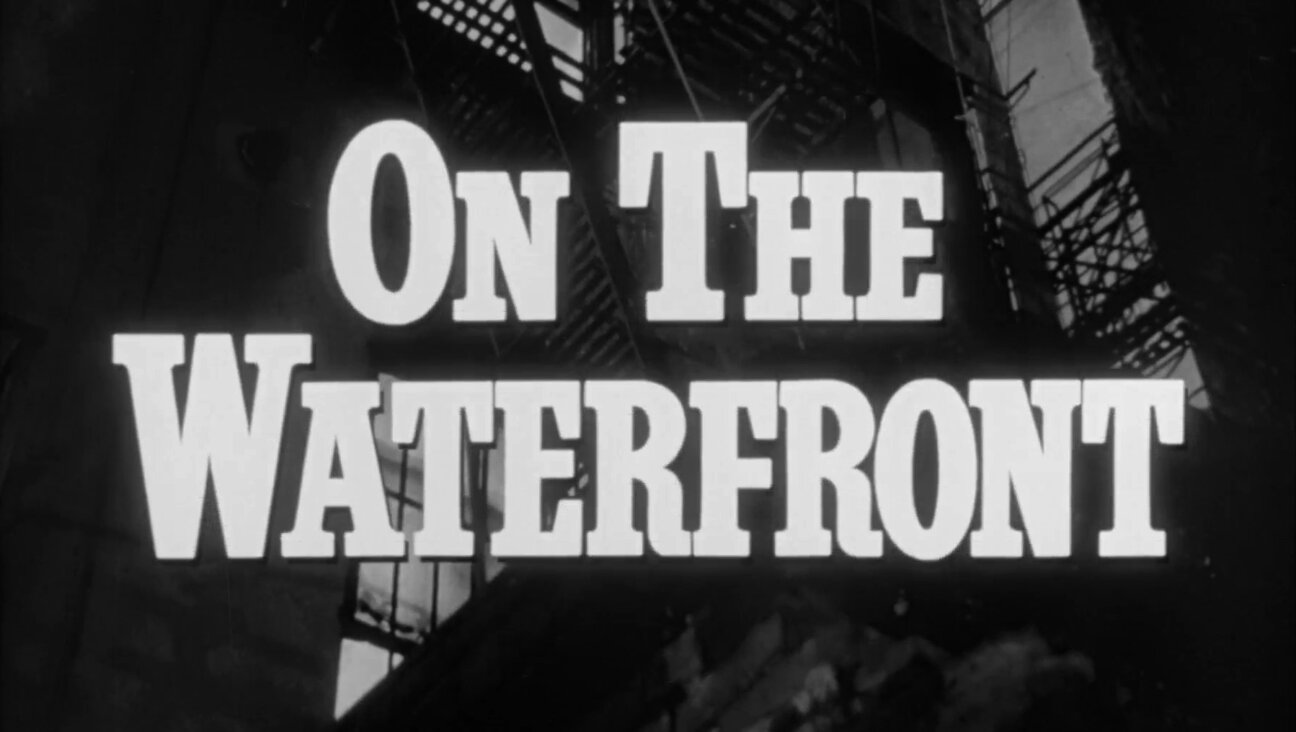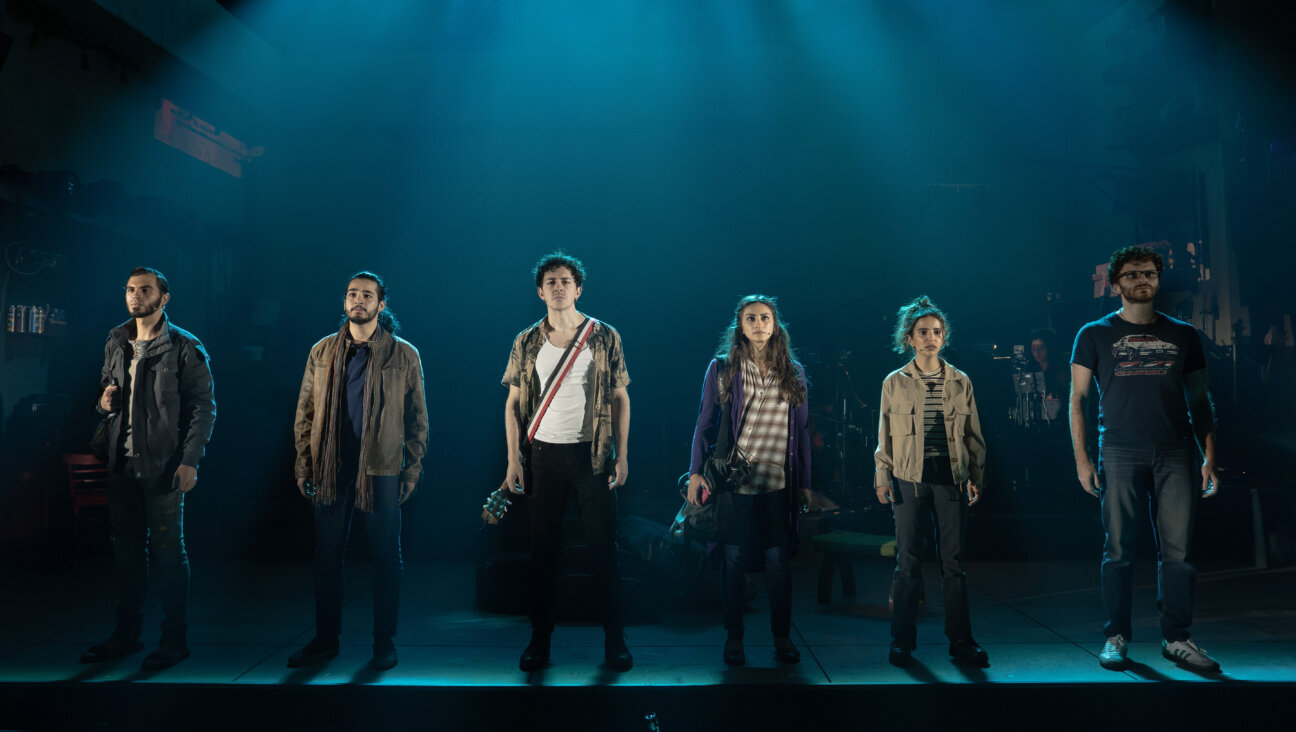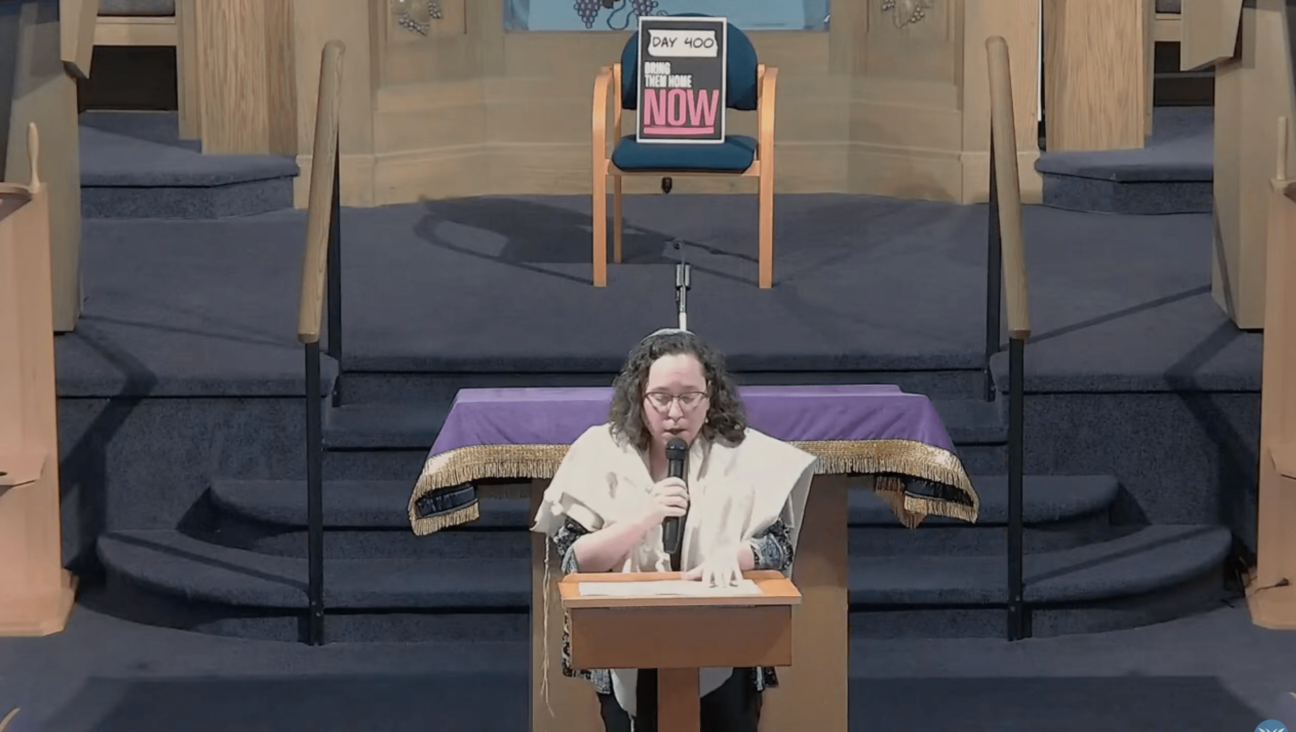Arts-or-Crafts
When a friend’s 4-year-old son embraced one of Ruth Duckworth’s pots and said “Mama,” the sculptor made an unusual choice: She let the name stick. Duckworth, who has always resisted labeling her pieces, now calls some of them “Mama Pots.”
This was a rare concession for an artist who generally grants viewers complete interpretive control of her work (“Whatever their own idea is about, it is right,” she has said). Indeed, of the 81 works in her new exhibit, “Ruth Duckworth, Modernist Sculptor,” at the Smithsonian American Art Museum’s Renwick Gallery in Washington, D.C., only four have titles.
“She feels that titles lead people to draw conclusions about what [the pieces] are about,” said Robyn Kennedy, the gallery’s chief curator. In the video, “Ruth Duckworth: A Life in Clay” (2004), which is shown in the final room of the exhibit, Duckworth, 87, echoes this. “I dislike labels intensely,” she says.
Even if she were more open to the enterprise, though, Duckworth would be tough to pigeonhole. Born in Hamburg, Germany, in 1919, she was a very small, sickly child who, by her own count, missed a third of her schooldays due to illness. When she was 14, her sister told her she was Jewish (on her father’s side) — a realization that had an added shock, since she had just been taught by the teachers at her Lutheran school that Jews killed Christ. Duckworth would later be forced to join her classmates in saluting Hitler during a parade. But shortly before World War II started, she and her family fled to London, where she went to work making dyes for bullets in a munitions factory “to try to do something to beat Hitler.” A sign over her desk read, “For every bullet more, a German less.”
But it has been in her art that Duckworth has resisted labels most fiercely — especially since, in the art world, what she does is generally considered a “craft” as opposed to an art. For her part, Duckworth has argued against differentiating between the two, citing Japanese and Chinese thought, which have always embraced clay as art. The Oxford English Dictionary associates craft with “decorative design and handicraft,” which is perhaps the reason that craft is usually considered a female domain whereas painting and sculpture have long been identified as masculine. Take, for example, Annie Albers. Unlike her husband, who was able to teach design, drawing and calligraphy at the Bauhaus, she was forced into the more “gentle” art of weaving. Albers managed to uproot those stereotypes and to lend credibility to the previously denigrated medium, as did Eva Zeisel with her ceramics and Mary Cassatt with her paintings of domestic scenes.
Duckworth’s large murals, made of porcelain — very delicate, but very strong, Kennedy assured me — like “The Creation” (1984) at the Beth Israel Synagogue in Hammond, Ind., make a similar feminist move of seeking credibility for a degraded medium. Duckworth also uses Early Bronze Age (3500-2000 BCE) fertility idols called Cyclades to get inspiration for many of her pieces. Like Cyclades, her pieces are naked female forms with folded arms and simply modeled breasts.
Renowned British abstract sculptor Henry Moore once criticized Duckworth’s preference. “Ceramics are so boring, being the same from all sides,” he said. But Duckworth ruptures that model of ceramics. One of her requirements for the show was that all the pieces be displayed in the open, sans protective vitrine. Kennedy said she was surprised that the unprotected pieces in the show had no problem in any of its previous seven venues. One imagines that Duckworth purposely insisted her ceramics and pots be exhibited in a way that would highlight their sculptural aspects. Indeed, closely inspecting the ceramics reveals them to be far more interesting in their inner cavernous spaces than in their “exoskeleton.” That might be more a feature of drawing than of sculpture, but if Frank Stella gets to call his paintings “sculpture,” why shouldn’t Duckworth?
Menachem Wecker is a painter and editor based in Washington, D.C.
A message from our CEO & publisher Rachel Fishman Feddersen

I hope you appreciated this article. Before you go, I’d like to ask you to please support the Forward’s award-winning, nonprofit journalism during this critical time.
At a time when other newsrooms are closing or cutting back, the Forward has removed its paywall and invested additional resources to report on the ground from Israel and around the U.S. on the impact of the war, rising antisemitism and polarized discourse.
Readers like you make it all possible. Support our work by becoming a Forward Member and connect with our journalism and your community.
— Rachel Fishman Feddersen, Publisher and CEO























